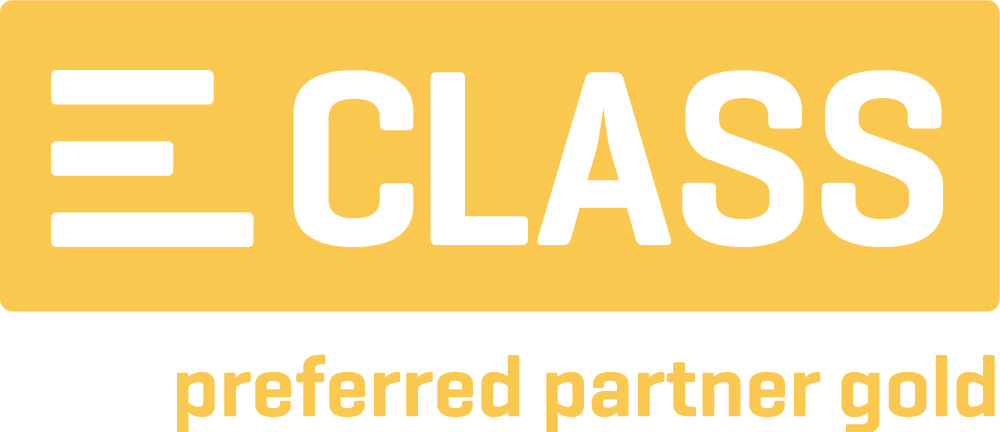News from ECLASS: Alpha version 12.0 can be tested
ECLASS completes the dozen: since the first version of the classification standard was published in 2001, engineering processes and the complexity of the necessary database have developed rapidly. This has been taken into account with the continuous further development and optimisation of the product data standard. After the last major release in 2019, alpha version 12.0 is now available. It contains important new features that provide even more depth of detail and are particularly important for room and building automation.
With the alpha version, ECLASS 12.0 is currently still in a very early stage of development. However, ECLASS members in the CRD, the expert groups and IT service providers/developers already have the opportunity to take a look at the upcoming version and test various application scenarios with the help of suitable tools such as MatClass. Two innovations in the area of electrical engineering are worth highlighting:
- new aspect “functional description”
- revised description of characteristic curves
The first change relates to the ADVANCED version of the standard and there to the area 27-14-31, which deals with the subject complex of bus systems. The familiar structural elements block, aspect, cardinality and polymorphism were used to design the new aspect “functional description”. It can be used to describe the functional capabilities of devices, starting with the logical structure up to the physical connections (interface to the outside).
For example, devices that are used in the course of room and building automation and can be configured internally in a variety of ways – often with software modules – to detect ambient conditions with sensors, for example, and control air conditioning, heating, air filters and lighting or the roller shutter on the windows.
For planners, the standardised and detailed digital description (assuming suitable tools) makes the automatic selection of suitable products and their combinatorics much easier or even possible in a reliable form in the first place. This is a great advantage, because these increasingly complex devices play an increasingly important role in the development towards smart buildings.
More depth of detail for characteristic curves
Another new feature concerns the description of characteristic curves. These are of decisive importance for the engineering process. In order to develop a system or plan switchboards, the specific properties of the devices used – also in their joint interaction – must be included.
It is not enough to look at the individual values separately; it is the correlation that shows what is important in the engineering process. Characteristic curves represent this correlation graphically.
With ECLASS 12.0, the possibilities in the area of describing characteristic curves have been comprehensively revised. The physical quantities can now be displayed in even greater detail and described in a practice-oriented manner, which leads to a significant simplification of the engineering process. Dangers such as misconfigurations due to the use of unreliable data are avoided, so that damage and failures can be prevented at an early stage.
The key to success
The standardisation of data is crucial for concepts such as Industry 4.0, which are no longer dreams of the future that can only become reality in distant times. This makes it all the more important to rely on a standardised and detailed database and to continue to drive the establishment of a common standard. The current innovations that will make up the release to ECLASS version 12.0 offer a further incentive to decide to use the classification standard now. As an ECLASS Gold Partner and member of the ECLASS CRD/CAx working groups, we will be happy to advise you and assist you during the implementation.

